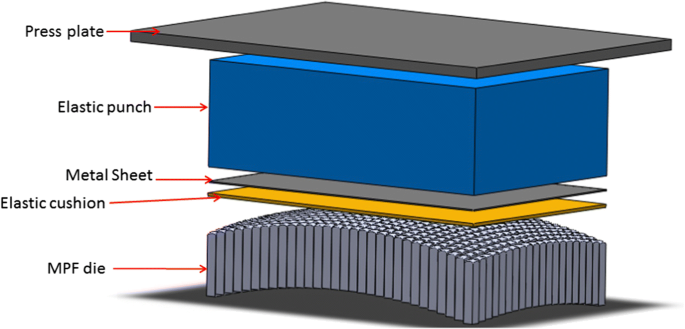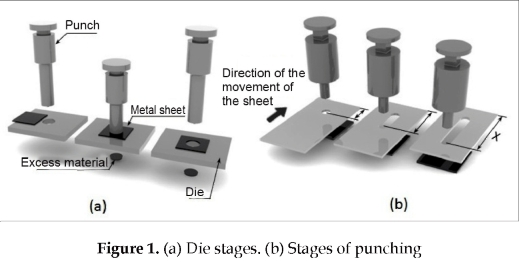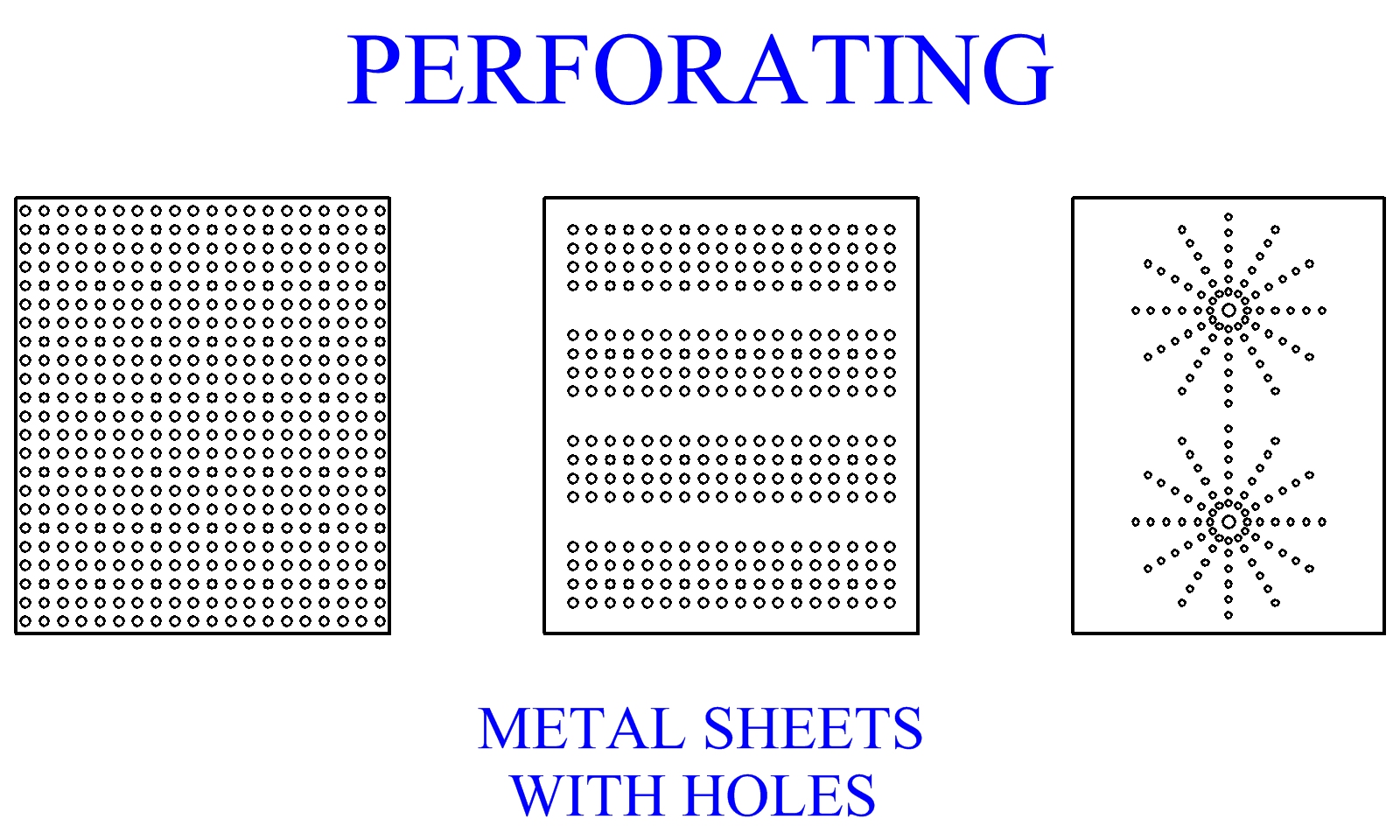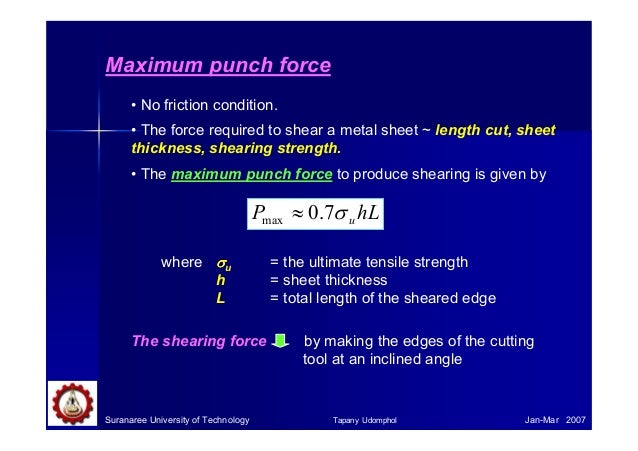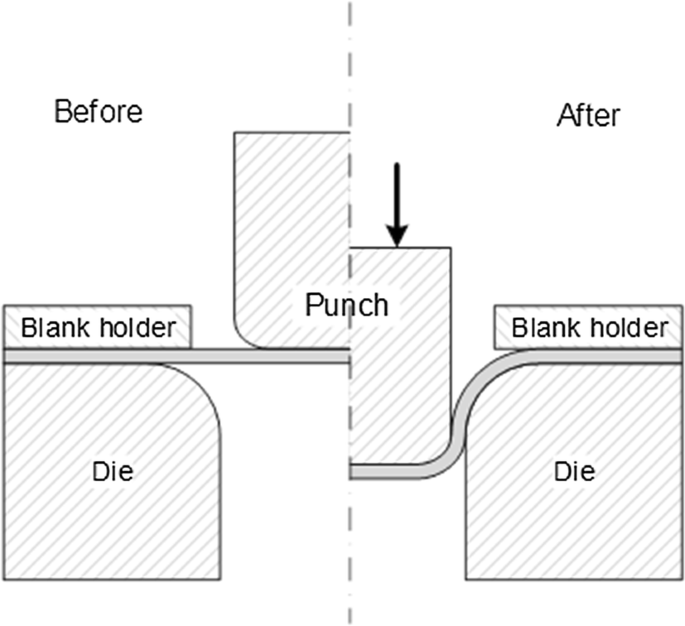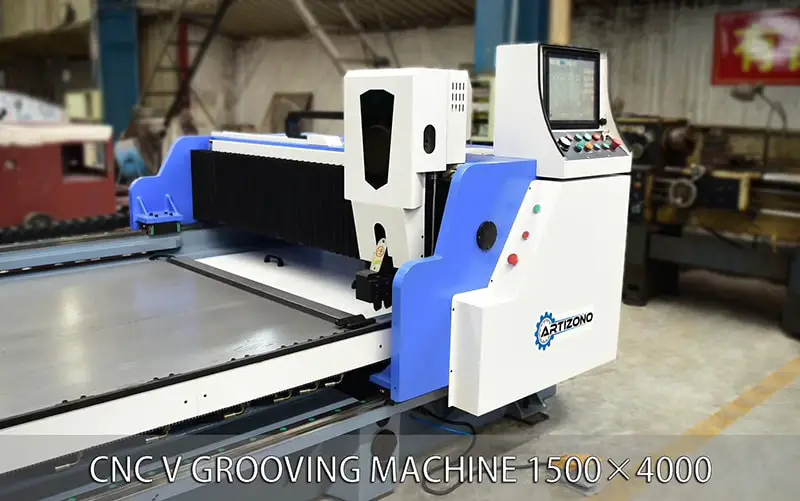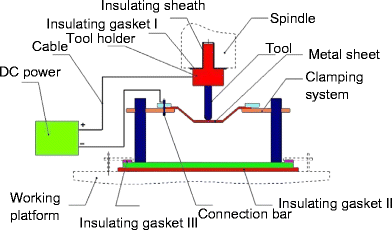A Large Metal Sheet Of Thickness L Displaced Between

The distance btw each plate and the sheet is dprime l 2 where dprime is the distance between.
A large metal sheet of thickness l displaced between. The customary range gauge of a metal sheet is from a scale of 35 going down to 6. Millimetres mils gauge. The large variety of sheet and plate formats and properties are found today in steel. Sheet metal measuring tools.
There are other measurement units used to categorise metals by thickness though. Nevertheless in some situations sheet metal s thickness can vary significantly which is then called foil or leaf. Thus a 10 gauge steel sheet which has a thickness of 0 1345 inches will weigh. Sheet metal is any metal that has a thickness in between 0 5 6 millimetres.
These materials can be usually seen in construction works and are used for. It does not touch the plates and extends beyond their edges. The large gradient along the thickness direction generates the plastic strains which produces the bending of the metal sheet. This is known as the manufacturers standard gage for sheet steel.
Foils sheets and plates are pretty much the same with the only difference being in thickness. Any sheet of metal that is 6mm or thicker is a plate metal. When designing parts for laser cutting one should not make holes smaller than the thickness of the material. Because sheet metal parts are manufactured from a single sheet of metal the part must maintain a uniform wall thickness.
0 7 mm 0 8mm and 1 5 mm. Plate metals are known for their durability so they re used to build structures that require this property. Sheet metal thickness gauges for steel are based on a weight of 41 82 pounds per square foot per inch of thickness. Sheet metal is one of the shapes and forms metal can be bought in.
A large metal sheet of thickness l is placed between and parallel to the plates of the parallel plate capacitor of the figure. Sheet metal parts with a minimum of 0 9mm to 20mm in thickness can be manufactured. Plate metals are known for their durability so they re used to build structures that require this property. Thickness that is more than 6mm or 0 25 inches is called plates.
For other materials such as aluminum and brass the thicknesses will be different. 0 027 or 0 032 for seamless gutters and any other thickness for custom gutters. Kynar aluminum for metal roofing. Click here for more.
Kynar galvalume steel for metal roofing and gutters. Figure 4 4 shows a large temperature difference between the top and bottom surfaces of the sheet. A large copper sheet of thickness l is inserted between the plates of a parallel plate capacitor. It is because of this low thickness that it is easy to work cold i e.
